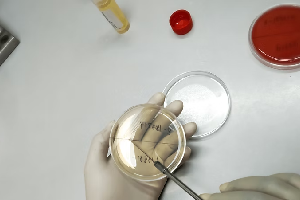
A urinary tract infection (UTI) is a common infection that affects any part of the urinary system, including the kidneys, ureters, bladder, and urethra. UTIs can cause significant discomfort and, if left untreated, may lead to serious health complications.
Understanding the causes, symptoms, and treatment options for UTIs can help manage and prevent this condition effectively.

A UTI occurs when bacteria, typically from the digestive tract, enter the urinary system and multiply. The most common type of UTI is a bladder infection (cystitis), but UTIs can also affect the urethra (urethritis) and the kidneys (pyelonephritis). Women are more likely than men to develop UTIs due to their shorter urethra, which allows bacteria easier access to the bladder.

The symptoms of a UTI can vary depending on which part of the urinary tract is affected:
Hydration: Drink plenty of fluids, particularly water, to keep the urinary system flushed. Hygiene: Practice good personal hygiene, including wiping from front to back and cleaning the genital area before and after sex. Urination Habits: Urinate frequently and avoid holding urine for long periods. Always urinate after sexual intercourse to help clear bacteria from the urethra. Clothing: Wear breathable, cotton underwear and avoid tight-fitting pants to reduce moisture buildup, which can encourage bacterial growth. Cranberry Products: Some studies suggest that cranberry juice or supplements may help prevent UTIs, though evidence is mixed.